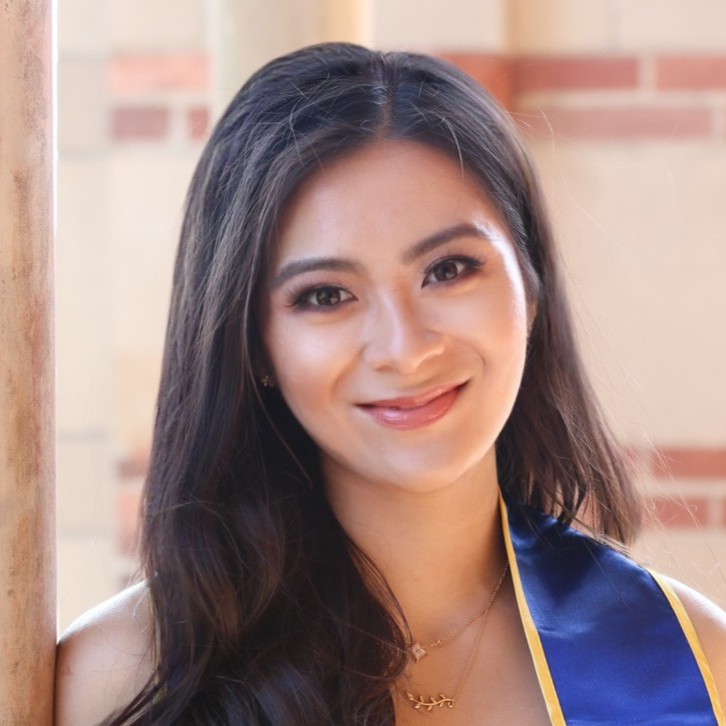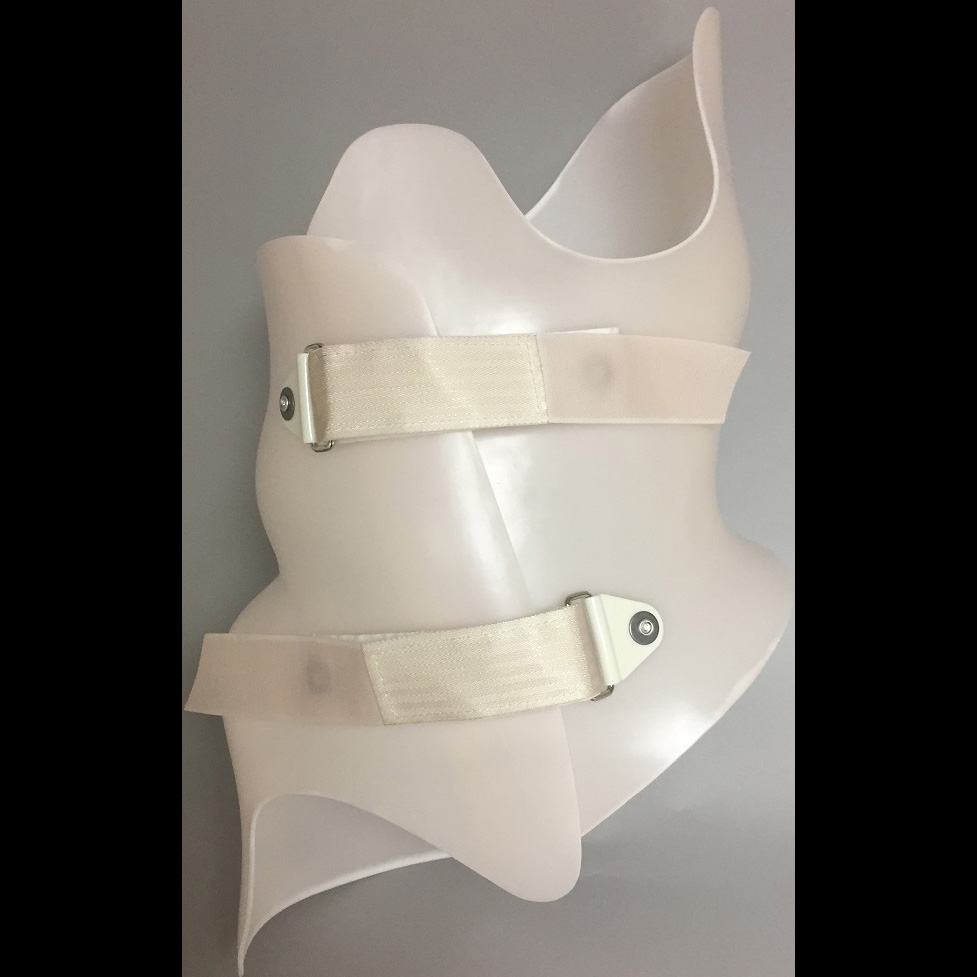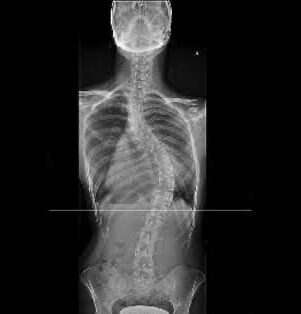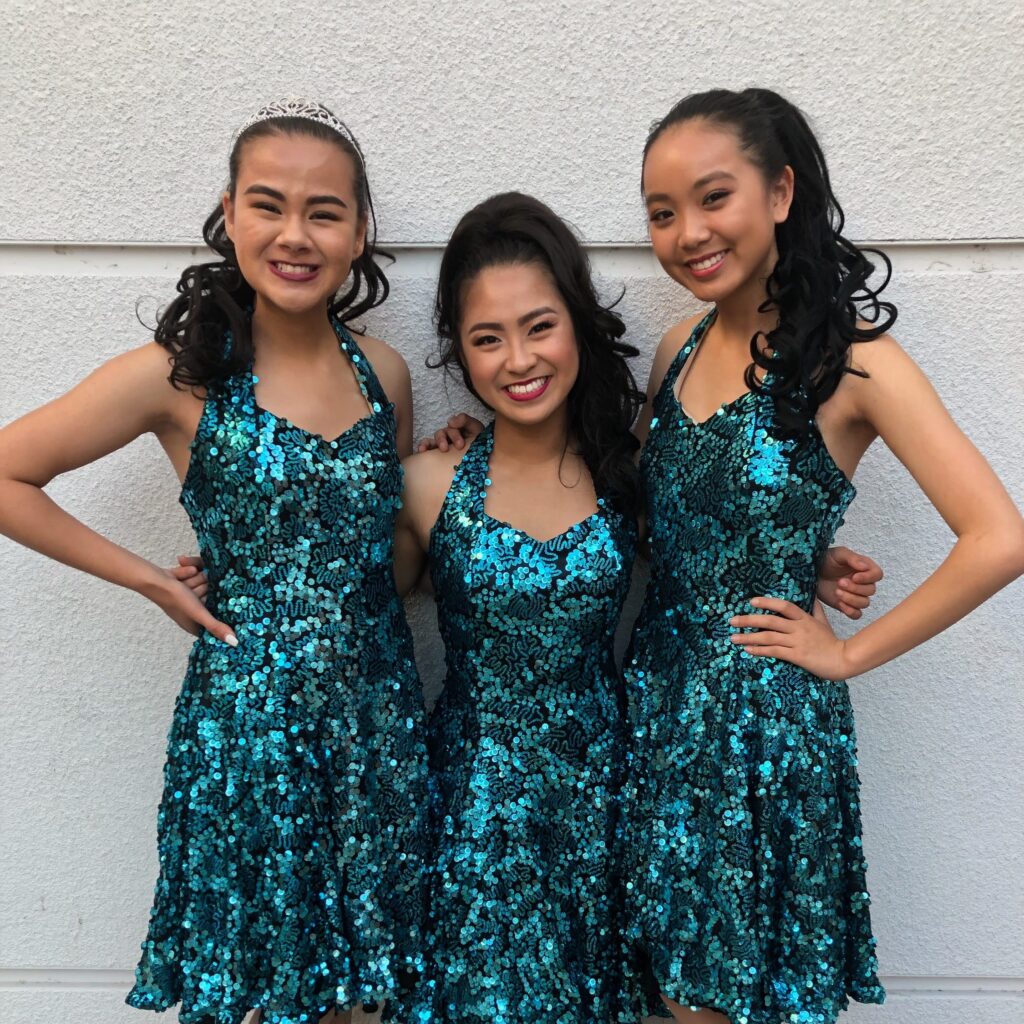I was eight years old when I was diagnosed with scoliosis. It happened during a routine physical with my pediatrician. I still remember how many times he asked me to bend over during the Adam’s test – his voice calm, but more focused than usual. Then he pulled out a tool to measure my spine, and I could feel something shift. Even at that age, I knew something wasn’t right.
An X-ray confirmed it: I had an S-curve: 25 degrees in my thoracic spine and 50 degrees in my lumbar. I was referred to a spine specialist, and soon after, I was fitted for a back brace under the care of a prosthetist.
At the time, I was a dancer and singer in a performing arts group. I loved the stage – movement was how I expressed joy, freedom, and confidence. So hearing that I’d need to wear a hard plastic brace for most of the day felt devastating. I started Schroth therapy and did everything I could to avoid surgery, but nothing could prepare me for how emotionally heavy it all felt. The brace restricted my body, and over time, it felt like it was limiting my artistry and freedom of expression too.



But what got me through was the community around me. I was in an all-girls performance company, and those girls never made me feel different. They were the first to remind me that I was still talented, still graceful, and still me – even with a brace.
Scoliosis was one of the first challenges in my life that taught me how to adapt when things don’t go according to plan. It taught me patience, discipline, and body awareness – but more than that, it taught me that healing isn’t just physical. It’s emotional. It’s finding your voice again after a setback shakes your confidence.
Now, I can look back and say I’m proud of how far I’ve come. Scoliosis changed me, but it didn’t define me. In fact, in many ways, it made me stronger. And for anyone going through it now – you are not alone, and you are so much more than your x-rays. Embrace your curves – they are what make you, you!






